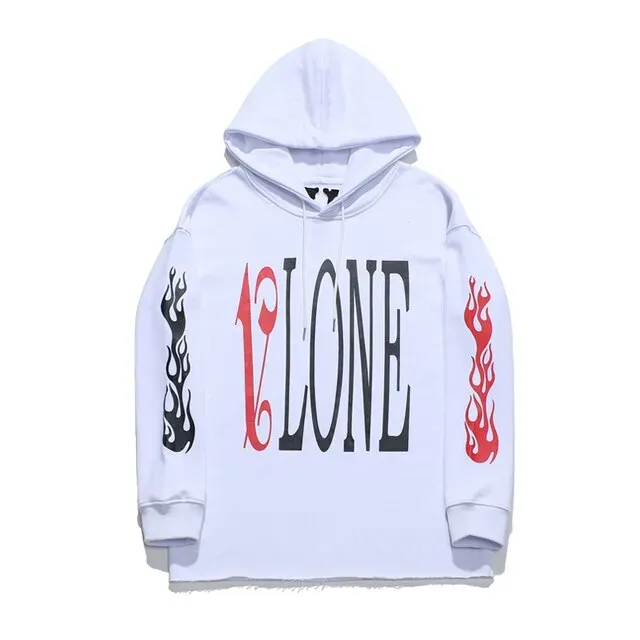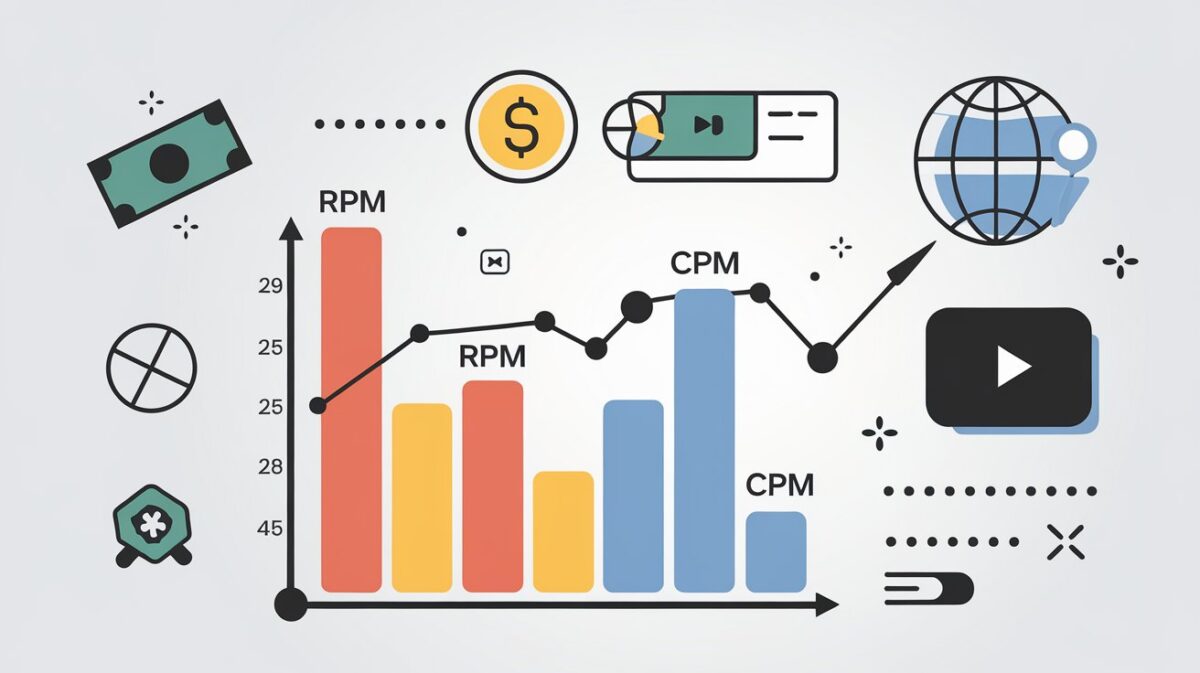Tips for Choosing the Best Fight Gear Punch for Your Training Needs
Choosing the best fight gear, especially for punching in your training, is essential for improving your performance and ensuring safety. Whether you are training for boxing, MMA, or other combat sports, selecting the right gear can make a huge difference. Here are some key tips to help you pick the best fight gear punch for your training needs:
1. Consider Your Training Goals
Your choice of gear depends on what you aim to achieve in training. If you’re working on power punches, you might need heavier gloves with more padding for protection. For speed drills, lighter gloves might be more suitable. If you’re sparring, you will need gear designed for safety and comfort.
- Power training: Choose heavier gloves and more robust punching pads.
- Speed training: Opt for lighter gloves for faster hand movement.
2. Get the Right Gloves
Gloves are a crucial part of fight gear for any type of training. Ensure that the gloves you pick are appropriate for your activity and fit well. Here’s a breakdown of different types of gloves:
- Bag gloves: Ideal for heavy bag work, these gloves are lightly padded, allowing better form and increased speed.
- Sparring gloves: Heavier and more padded, these protect both you and your sparring partner during practice.
- Training gloves: A balance between bag gloves and sparring gloves, these can be used for various forms of training.
Make sure to try on different gloves to ensure a comfortable fit with wrist support.
3. Pay Attention to Size and Fit
Fight gear, especially gloves, come in different sizes. It’s essential to choose the right size based on your hand measurements. Gloves that are too tight may restrict movement and cut off circulation, while gloves that are too loose may cause injuries. Use the weight of the gloves (measured in ounces) as a guide:
- 12 oz gloves are suitable for lighter training or speed work.
- 14-16 oz gloves are better for sparring and full-contact training.
The proper fit ensures that you maintain form and protect your wrists and hands from injuries.
4. Look for Durable Materials
High-quality materials mean more durability and better protection. Most punching gloves and pads are made from synthetic leather or genuine leather:
- Synthetic leather: Affordable but less durable than genuine leather. Ideal for beginners or those training occasionally.
- Genuine leather: Durable and long-lasting but more expensive. It’s a great choice for serious athletes who train regularly.
Make sure to check the stitching and padding to ensure they are robust enough to withstand intense training sessions.
5. Ensure Proper Padding
The right amount of padding is critical to protecting your hands, wrists, and knuckles. When punching a bag or a target, good padding absorbs the shock, reducing the risk of injury. Punching gloves and pads vary in the type of foam or gel used for padding:
- High-density foam: Provides good shock absorption and is lightweight.
- Gel padding: Offers superior protection and durability but is often more expensive.
Check for layered foam in the gloves or pads, which can better absorb impact and offer protection over extended use.
6. Wrist Support and Protection
Wrist injuries are common during punching drills. Make sure the gloves offer solid wrist support through Velcro straps or lace-ups. Velcro straps are convenient for quick on-and-off wear, while lace-up gloves provide a snug fit, making them more suitable for competition.
Additionally, using wrist wraps or supports beneath your gloves can add an extra layer of protection.
7. Choose the Right Punching Bags and Pads
The type of punching bag or pads you use will influence your training. There are several options:
- Heavy bags: Best for building power and endurance. Choose one that suits your space and weight preference. A heavier bag provides more resistance.
- Speed bags: Help improve your timing, coordination, and hand speed.
- Focus mitts and Thai pads: Ideal for working on precision, speed, and technique. These are also used in partner training.
If you’re training for a specific sport, ensure the bag or pad is tailored to that purpose.
8. Don’t Forget Comfort
Comfort is a key factor in selecting the best fight gear. Gloves that are uncomfortable, poorly fitted, or irritating can cause blisters, chafing, or other injuries. Look for gloves with breathable fabrics to reduce sweat buildup, and make sure the padding feels comfortable around your knuckles.
9. Budget Considerations
Your budget will affect your options when it comes to fight gear. While it’s tempting to go for cheaper options, investing in high-quality gear can save you from frequent replacements and potential injuries in the long run. However, there are reliable brands offering quality products within a moderate budget.
10. Try Before You Buy
If possible, visit a store and try different types of gear before making a decision. Get a feel for the weight, fit, and comfort of gloves and pads. Testing the gear can help you determine what feels right for your body and training needs.










